Buying a house is an exciting milestone, but it’s also a complex process filled with unexpected costs that can catch you off guard. If you’re not prepared, these hidden expenses can add up quickly, turning your dream home into a financial headache. It’s crucial to look beyond the asking price and consider all the factors that contribute to the total cost of homeownership. Let’s dive into 15 hidden costs of buying a house that no one really warns you about, so you can plan better and avoid unpleasant surprises.
1. The Sneaky Costs of Home Inspection
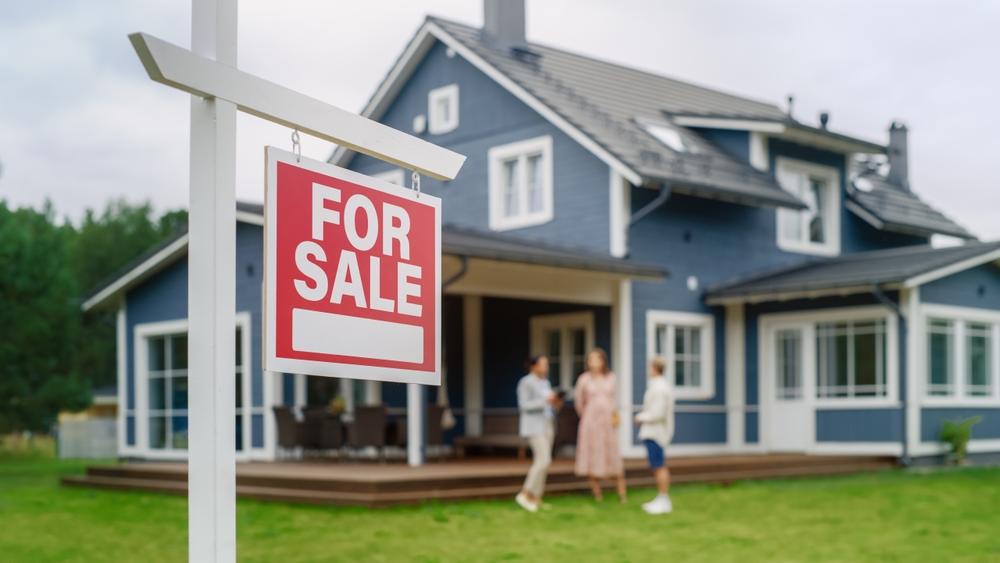
Many homebuyers understand that getting a home inspection is a critical step in the buying process, but what they may not realize is how much these inspections can actually cost. Depending on the size and location of the property, a thorough home inspection can range from $300 to $500 or more. According to Spectora, additional specialized inspections for pests, radon, or mold can tack on another $100 to $300 each. It’s tempting to skip these to save money, but doing so could lead to costly repairs down the road that far outweigh the initial inspection costs.
Moreover, if the home inspection uncovers issues, you might need to negotiate with the seller for repairs or decide to take them on yourself. This could mean hiring contractors, which adds to the final bill. Even if the seller agrees to handle repairs, the negotiation process can delay closing, leading to additional costs such as extended rent payments or temporary housing. In the end, it’s not just about the inspection fee; it’s about the potential additional expenses and time delays that can arise from the findings.
2. Closing Costs: The Unseen Final Hurdle

You’ve saved for a down payment, but have you considered the closing costs? Typically, these can range from 2% to 5% of the home’s purchase price, which can amount to several thousand dollars. Closing costs cover a variety of fees, including loan origination, appraisal fees, title insurance, and more. According to Zillow these fees can catch first-time buyers off guard if they’re not prepared.
Even seasoned buyers can be surprised by the sheer number of line items included. Some fees are negotiable, but you’ll need to be proactive in asking for discounts or seller concessions to reduce the burden. Additionally, some costs, like prepaid items for insurance and property taxes, are unavoidable and need to be factored into your budget. Understanding these costs upfront can help you avoid stress at the closing table and ensure your budget is fully aligned with your financial capabilities.
3. The Pricey World of Homeowners Insurance

Securing homeowners insurance is a non-negotiable requirement when buying a house, but the cost can vary widely based on a variety of factors. The location of your home, its age, and even your credit score can significantly impact your insurance premium. For example, properties in areas prone to natural disasters like hurricanes or floods will likely have higher premiums. According to Bankrate, the average annual premium for homeowners insurance is around $1,400, but it can be much higher depending on your specific circumstances.
Beyond the basic coverage, you might need additional policies for events not covered under standard plans, such as earthquakes or floods, which can add hundreds of dollars to your annual expenses. Furthermore, insurance costs tend to increase over time, making it crucial to regularly review and update your coverage to ensure it meets your evolving needs. Be sure to shop around and compare policies to find the best rate, but remember that the cheapest option isn’t always the best when it comes to protecting your new home.
4. Property Taxes That Keep on Giving
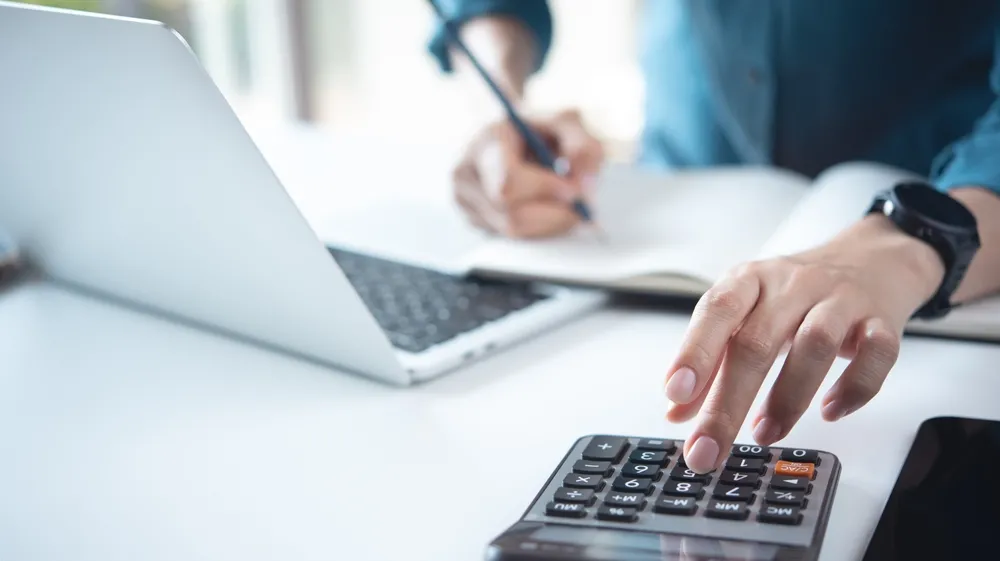
Property taxes are one of those recurring expenses that don’t just impact you when you first purchase your home, but continue for as long as you own it. These taxes are based on the assessed value of your property and the tax rate in your area. Unfortunately, property taxes can increase over time, particularly if the value of properties in your area goes up or local tax rates are adjusted. It’s important to research the historical property tax rates in the area you’re considering to get a sense of potential future costs.
Some areas offer tax breaks for new homeowners or for those who use the home as their primary residence, but these are not universal and can be complicated to navigate. Moreover, if your mortgage lender escrows these taxes, it could affect your monthly mortgage payment. Once the tax bill comes in, any difference could result in a significant adjustment to your mortgage payment. Understanding these nuances will help you anticipate costs and budget accordingly, ensuring you’re not caught off guard by an unexpected hike in your monthly expenses.
5. The Costly Reality of Home Maintenance
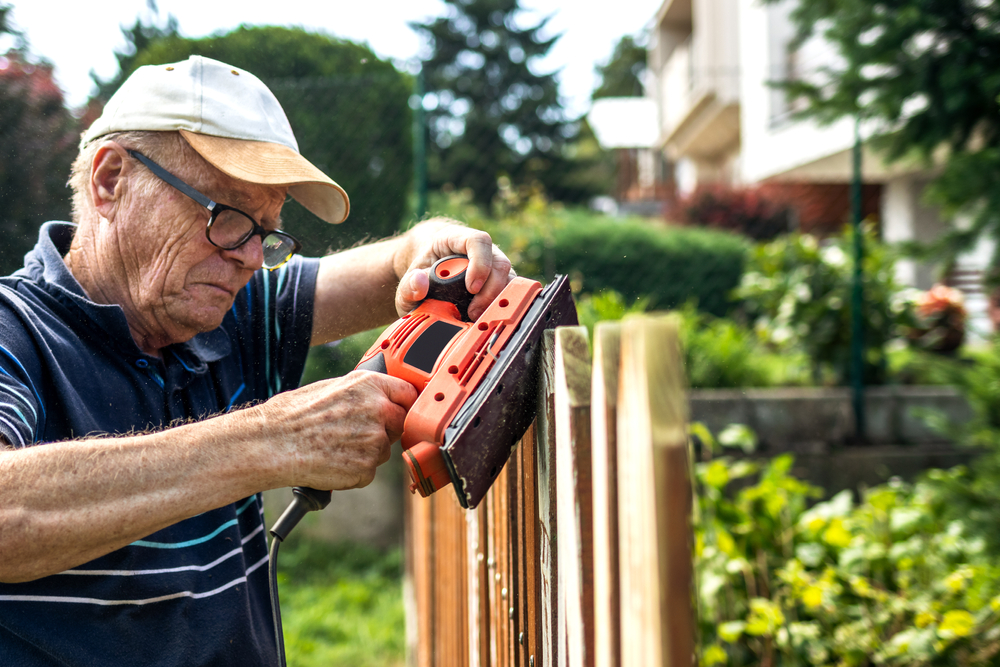
Owning a home means you are also responsible for all its maintenance and repairs, a fact that often surprises new homeowners accustomed to renting. Experts generally recommend setting aside 1% to 3% of your home’s purchase price annually for maintenance costs. This can cover routine upkeep like lawn care, minor fixes, and unexpected repairs. However, costs can quickly escalate if major systems like your roof, plumbing, or HVAC need attention.
The age and condition of your home will significantly impact these expenses. Older homes, while charming, often require more substantial investment due to aging infrastructure. Even newer homes aren’t immune; settling might cause foundation issues, or unexpected defects might show up after the builder’s warranty expires. Planning for these eventualities in advance helps mitigate the financial shock of unforeseen maintenance expenses and keeps your dream home from becoming a burden.
6. The Impact of HOA Fees
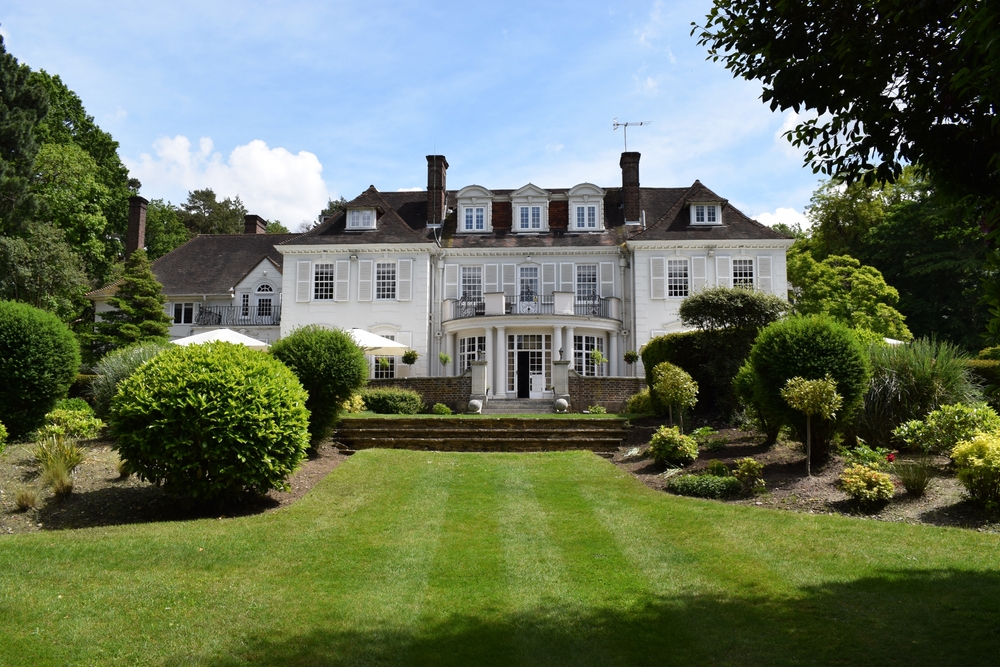
If you’re purchasing a home in a community with a Homeowners Association (HOA), you’ll likely face monthly or annual HOA fees. These fees are used to maintain common areas, amenities, and sometimes even certain utilities. While they can enhance your living environment by ensuring a well-maintained community, they can also be a significant addition to your monthly expenses. The fees vary widely depending on the amenities offered and the size of the community, with some as low as $100 per month and others exceeding $1,000.
Moreover, HOA fees are subject to change, often increasing over time to cover rising maintenance costs or fund new community projects. It’s vital to review the HOA’s financials and meeting minutes to understand potential future expenses. Additionally, some HOAs have restrictive covenants that can limit what you can do with your property. Understanding these rules and fees upfront can help prevent surprises and ensure that living in an HOA community aligns with your lifestyle and budget.
7. The Price of Utility Upgrades
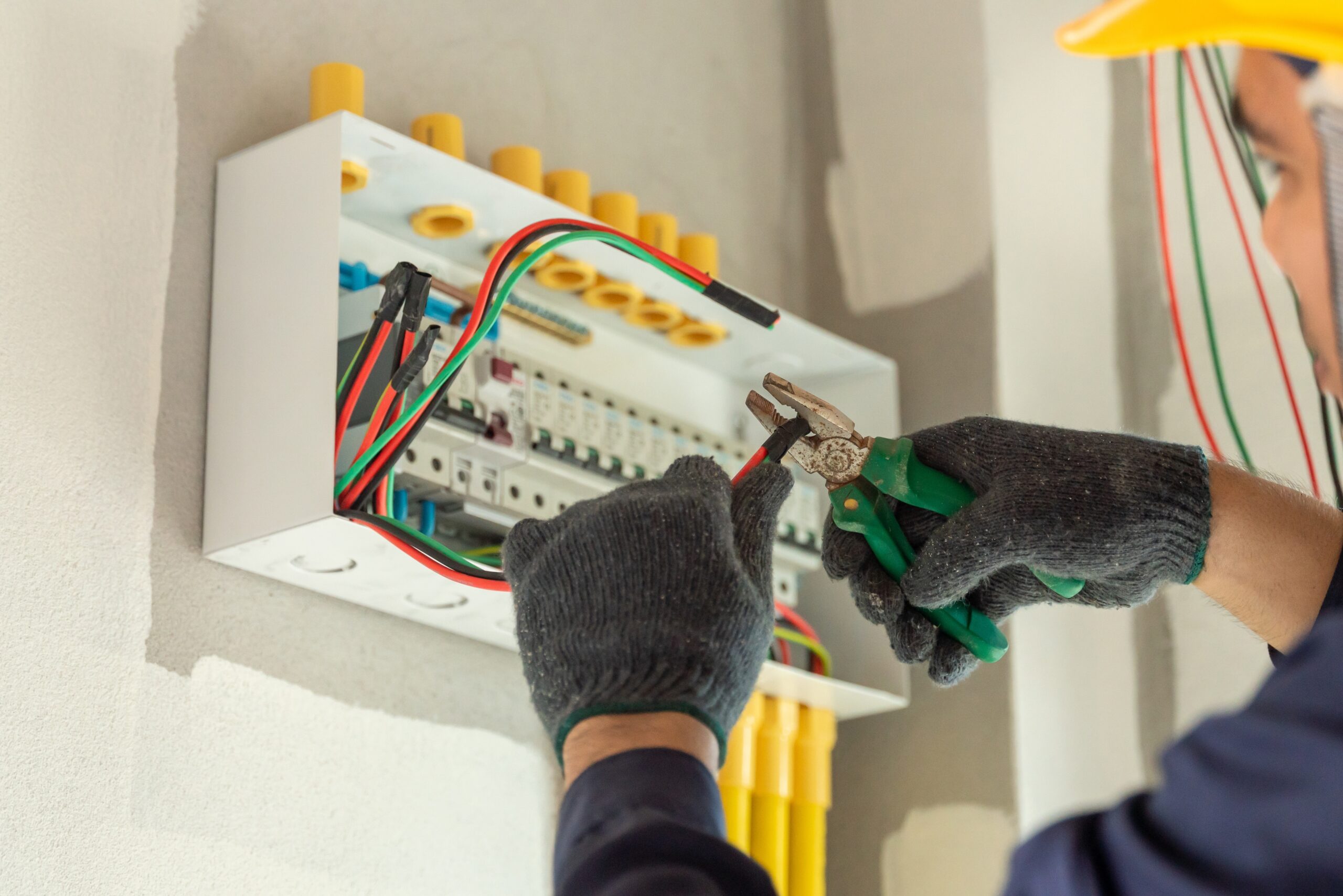
When moving into a new home, one of the first things you’ll need to do is set up utilities, which can include electricity, water, gas, internet, and trash services. Often, this involves not just paying monthly bills but also shelling out for deposits or connection fees, which can add up quickly. For newly built homes, you might also find you need to pay for additional hookups or installations, potentially leading to unexpected costs.
In older homes, you may face the challenge of outdated or inefficient systems that require upgrades. For example, you might find that the existing HVAC system is inefficient or that the water heater is nearing the end of its life. Replacing these systems can be costly, but they often pay off in the long run through lower utility bills and improved home comfort. Planning for these potential upgrades and setting aside a budget for them can help ensure your new home is both livable and cost-efficient.
8. The Surprise of Moving Expenses

One aspect of buying a house that many people forget to budget for is the actual cost of moving. Whether you’re relocating across the country or just down the street, moving can be expensive. Costs can include hiring professional movers, renting a moving truck, or purchasing packing supplies. Depending on how far you’re moving and how much stuff you have, these expenses can add up to thousands of dollars.
If you’re moving for the first time in a while, you might also find yourself needing to replace items that don’t fit in the new space or buying new furniture to match your new home’s layout and style. Additionally, consider the time off work you might need to settle in and get everything unpacked. These factors all contribute to the overall financial impact of a move and should be considered part of the cost of buying a house.
9. The Cost of Necessary Upgrades
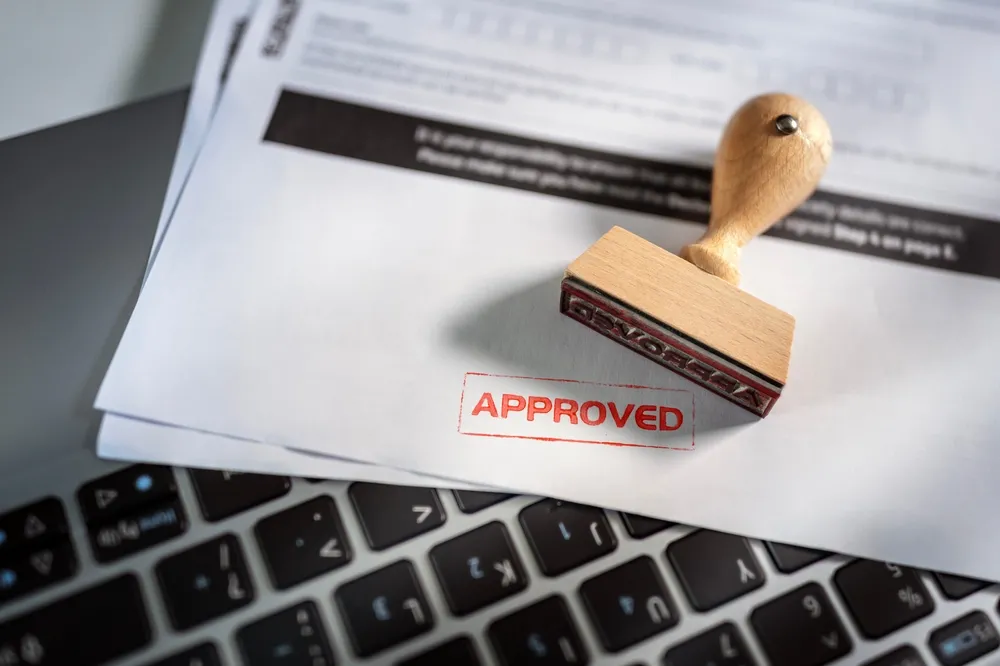
Even if the home is move-in ready, you might find that you want to make some upgrades to suit your tastes or improve functionality. Whether it’s repainting rooms, updating the kitchen, or adding smart home technology, these changes can quickly become costly. Setting a realistic budget for these upgrades is essential to avoid overspending right after purchasing a home.
Moreover, these projects often take longer and cost more than expected. Unforeseen issues like wiring problems or structural surprises can arise, leading to additional expenses. It’s also essential to consider the potential return on investment for upgrades; while some can increase your home’s value, others may not. Planning and prioritizing your upgrades can help ensure that you make the most impactful changes without breaking the bank.
10. Pest Control and Prevention Costs
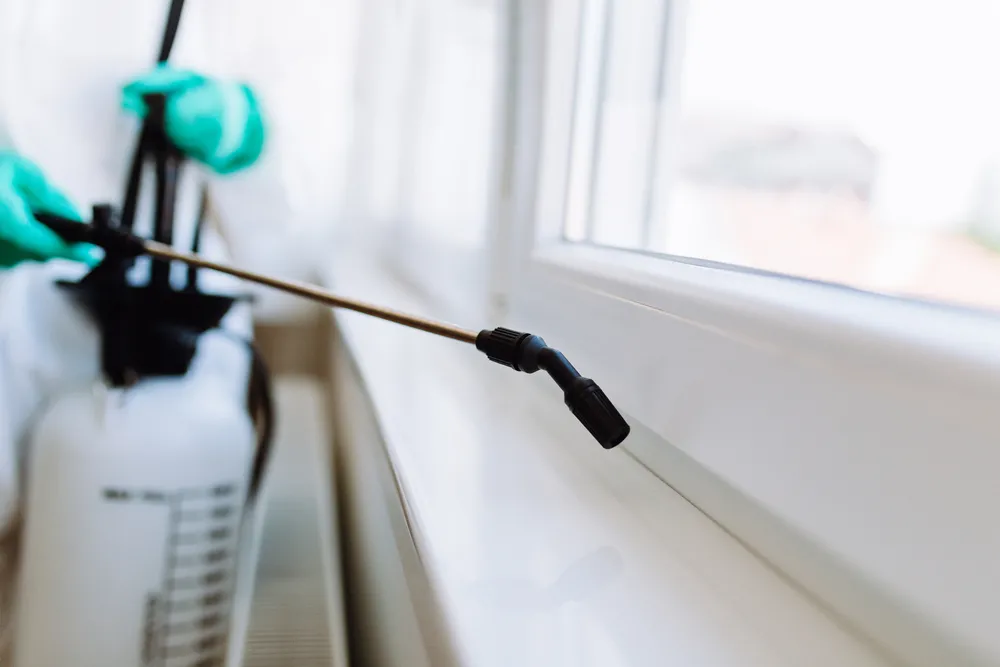
Pests are a common problem for homeowners, and dealing with them can be costly. Whether it’s termites, mice, or ants, effective pest control often requires professional intervention and can involve ongoing treatment plans. Depending on the severity of the infestation, initial removal can cost several hundred dollars, with additional fees for ongoing prevention.
Furthermore, some pest issues can cause significant damage to your home if not addressed, leading to costly repairs. For example, termites can damage the structure, while rodents can chew through wiring. Investing in regular pest inspections and preventative measures can help mitigate these risks. Taking proactive steps can save money in the long run and keep your home safe and comfortable.
11. The Unexpected Costs of Landscaping

A beautiful yard is often a selling point for homes, but maintaining it can be more expensive than new homeowners realize. Basic landscaping tasks such as mowing, edging, and pruning can take time and resources. If you plan to hire professionals, costs can run anywhere from $50 to $200 per visit, depending on the size of your yard and the services required.
Additionally, if you’re looking to enhance your outdoor space with new plants, trees, or even hardscaping features like a patio or deck, these projects can significantly add to your expenses. Some homeowners might also face HOA requirements for landscaping maintenance, adding another layer of responsibility and cost. Planning for these expenses in your homeownership budget can help ensure that your yard remains a delight rather than a burden.
12. The Price of Security Measures
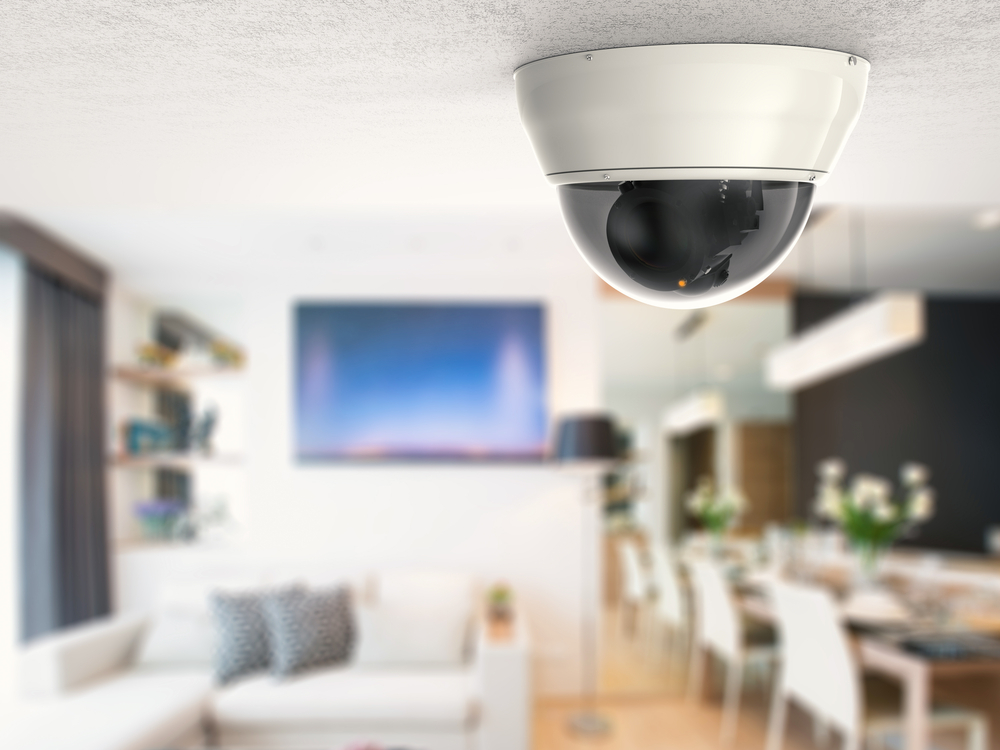
Protecting your new home is likely a top priority, but beefing up security can come with a hefty price tag. Installing security systems, cameras, and locks can cost hundreds to thousands of dollars, depending on the sophistication of the system you choose. Monthly monitoring fees can add another layer of expense, usually ranging from $20 to $60 per month.
Beyond the initial setup and ongoing monitoring fees, you might also consider additional security measures like motion-sensor lights or reinforced doors. While these investments can provide peace of mind, they’re an added cost that new homeowners need to consider. Balancing your budget with your security needs is crucial to ensure that your home remains a safe haven without stretching your finances too thin.
13. The Costly Reality of Property Improvements
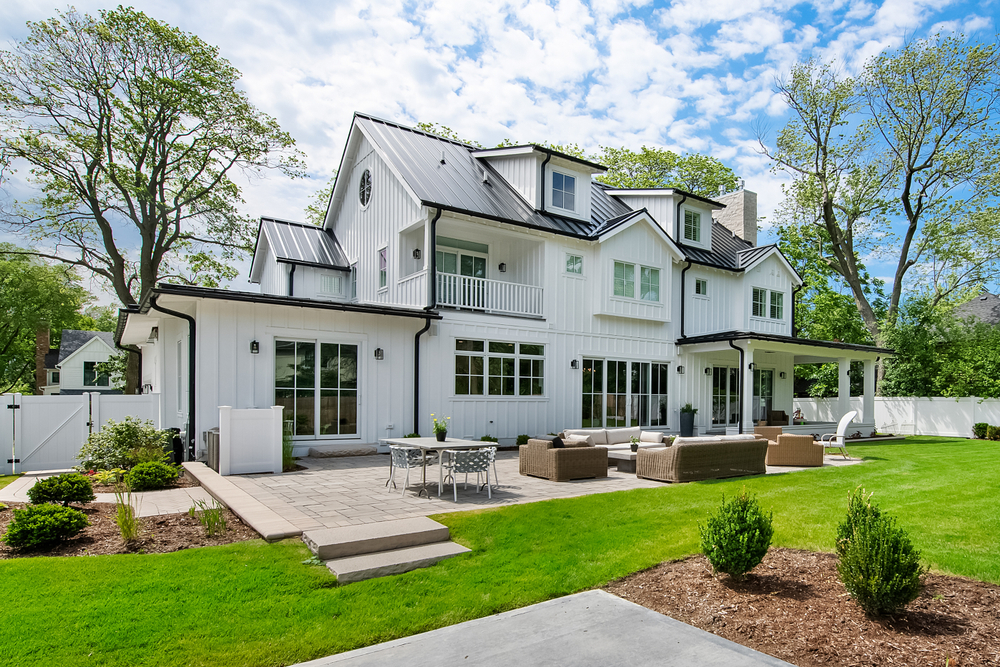
As a new homeowner, you might find that certain property improvements are necessary to increase comfort or functionality. These could range from installing a new roof to upgrading electrical systems to accommodate modern appliances. While some improvements may be urgent, others can be planned over time. However, each project can come with a hefty price tag, often running into thousands of dollars.
Moreover, these improvements can sometimes be a requirement of the mortgage lender, especially if certain conditions were noted during the appraisal process. Lenders might insist on particular repairs or updates as part of the loan agreement, adding to your initial outlay. Planning for these potential expenses is crucial to avoid financial strain and ensure your home meets both your needs and your lender’s requirements.
14. The Hidden Costs of City Assessments
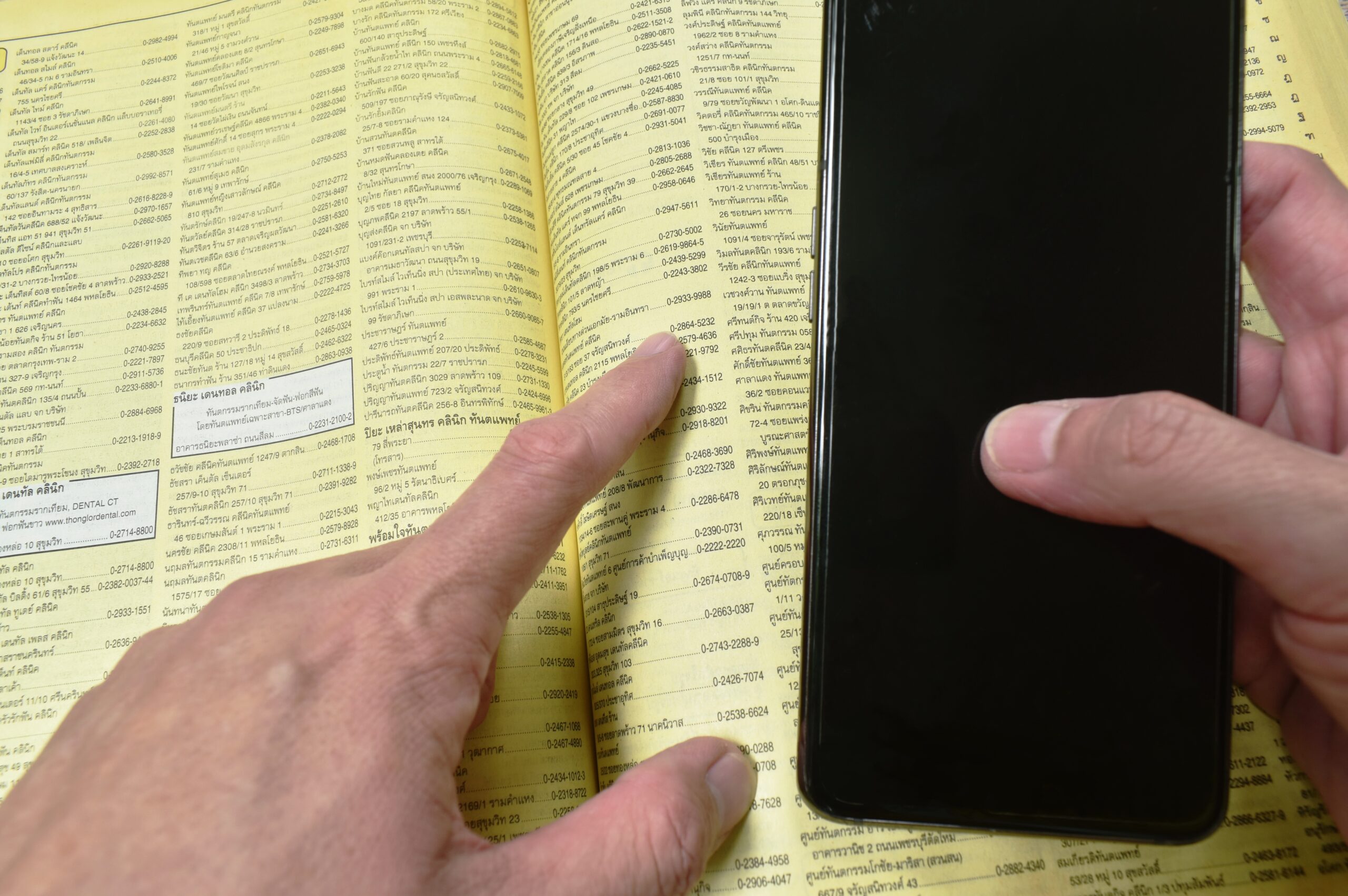
Homeowners might face unexpected costs from city assessments for public works projects. These can include road improvements, sewer upgrades, or sidewalk repairs. While these projects can improve public infrastructure and potentially increase property values, they can also result in a special assessment charge to property owners. These assessments can be several hundred or even thousands of dollars, depending on the project’s scope and size.
Being aware of upcoming city projects in your prospective neighborhood can help you anticipate these costs. Municipal websites often provide information on planned improvements and any associated costs to residents. While it’s challenging to avoid these expenses, understanding them can help you better budget and prepare for any financial impact.
15. The Financial Strain of Unexpected Emergencies

No matter how well you plan, life is unpredictable, and emergencies can happen. Whether it’s a sudden plumbing issue, storm damage, or a major appliance breaking down, unexpected emergencies can place a significant financial strain on any homeowner. Experts often recommend setting aside at least 3 to 6 months’ worth of living expenses for emergencies, which should include a cushion for home-related surprises.
Having an emergency fund can prevent you from going into debt when these situations arise. It’s also essential to regularly review and update your insurance policy to ensure it covers common emergencies that could affect your home. Being prepared for these “what if” scenarios can provide peace of mind and keep your finances stable even when the unexpected occurs.
This article is for informational purposes only and should not be construed as financial advice. Consult a financial professional before making investment or other financial decisions. The author and publisher make no warranties of any kind.








